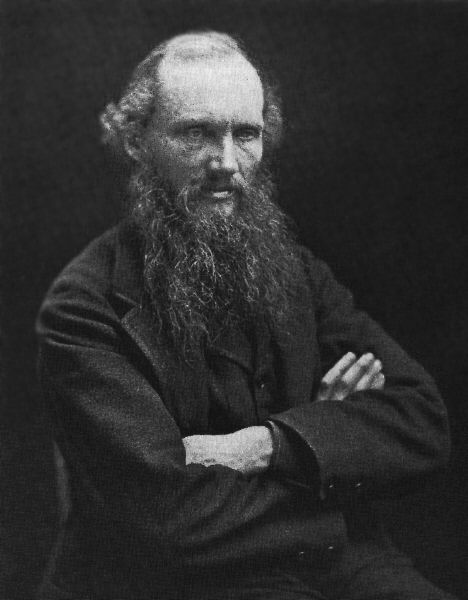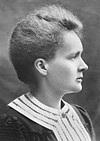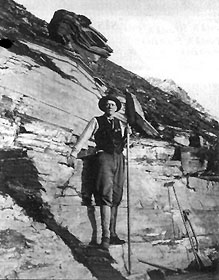 Featured
Scientist: William Thomson (Lord Kelvin)
Featured
Scientist: William Thomson (Lord Kelvin)
Notes for Evolution - The Triumph of an Idea - Chapter 3
Click link to return to Honors 301T Schedule
or go ahead to Chapter
4
General guide on these review questions:
The following lecture notes will use the following conventions:
Clicking on web links is "optional" but they will help illustrate
points made in lecture and by the authors of your text
The web is very visual, links will help you visualize
I expect you to read the all assigned chapter pages in the text
(see schedule)
Review questions (RQ) below refer to those corresponding to a
chapter, for example, RQ3:1 is the first review question for Chapter 3.
Certain boldface text terms will be featured as Key Terms
Certain animals will be a Featured Animal
Certain events will be a Featured Event
Certain people will be a Featured Scientist
Links are provided to corresponding parts of the PBS Website here
Chapter 3 - Deep Time Discovered - Putting Dates to the History of Life
PBS Website Link
Objectives:
a) Understand the connection between Darwin's "descent with modification" and "deep time"
b) Contrast the fossil record as it was known in Darwin's time with what is known today
c) Be able to characterize the timing and pattern of "when life became large"
d) Be able to divide the front of a classroom, wall to wall, into time intervals that reflect important events in the history of life, relative to the age of the Earth
Introduction
 Featured
Scientist: William Thomson (Lord Kelvin)
Featured
Scientist: William Thomson (Lord Kelvin)
I. Introduction
RQ Ev-3.1:(Challenge Question) The oldest known rocks* on Earth are now thought to be about 4 billion years, and these are very rare, but the age of rocks from the Moon and meteorites are consistently as old as about 4.54 billion years old, why aren't older rocks common on Earth?
*But see Editor's note for link 1 below.
II. Too Warm to be Old
RQ Ev-3.2: Explain the basis for Lord Kelvin's calculation of the age of the Earth and why this worried Darwin.
III. Clocks within Atoms

 Featured
Scientist: Marie Curie
Featured
Scientist: Marie Curie
source
of image source
of image
Links: 1 - 2 - 3 - 4 - 5 - 6 - 7
Key Terms: half-life (See here for help.)
RQ Ev-3.3: Why did Lord Kelvin's Earth age calculation turn out to be an underestimate? Your answer needs to include enough detail so that it is clear what he had not taken into account.
Highly recommended: Listen to BBC's In Our Time program here (If link does not work then you probably need to install realPlayer software for Windows or Macintosh.)
IV. Many Clocks, One Story
RQ Ev-3.4: Characterize the evidence that Earth was actually swarming with organisms for billions of years before living creatures left large-bodied fossil remains of the sort familiar to Darwin and his contemporaries.
 Featured
Scientist: Charles Doolittle Walcott (Discoverer of Burgess
Shale)
Featured
Scientist: Charles Doolittle Walcott (Discoverer of Burgess
Shale)
source
of image
RQ Ev-3.5: Contrast the large animals present in the Ediacaran fauna dating back to about 575 MYBP with those involved in the "Cambrian Explosion" already established by the Burgess Shale fauna about 505 MYBP.
Click link to return to Honors 301T Schedule
or ahead to Chapter
4
This page created 2/3/03 © D.J. Eernisse, Last Modified 8/25/07, Links Last Completely Checked 8/21/07